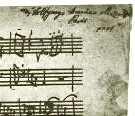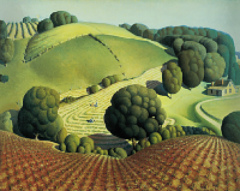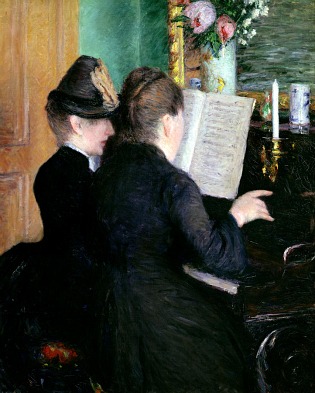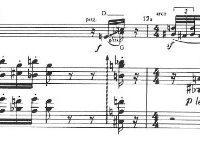Paris, 2014 Arnold Schoenberg gave Rudolf Serkin an assignment. (This story is hearsay; worthy of attention, in my opinion.) Consider the opening of Mozart's A-Minor piano sonata, Schoenberg asked Serkin. What is the right instrumentation for this music, if it were to be scored for orchestral instruments? Mozart: Sonata in A Minor, KV 310 (300d) Serkin's answer included an oboe playing the upper melody line, and strings taking the … [Read more...]
Homeplace
My grandmother, my father’s mother, had a nonchalant and serious way of saying “homeplace.” She was talking about the family farm where she lived for more than five decades, where members of the Brubaker family had lived for a century. It wasn’t grand. But conveyed in her pronunciation of that word was both great comfort and resignation. I don’t suppose I understand it. There were entire winter months when she stayed there, never venturing off … [Read more...]
Why (not) demonstrate?
It's the routine of many piano lessons: Teacher sitting next to student sitting at the piano. One copy of the written music. Student and teacher examine it together. From time to time, teacher reaches over, or deseats student, in order to demonstrate details, or even phrases of the music. (In an unkind moment, I have called it "piano-teacher-position.") In an alternate version, the teacher occupies a second piano, demonstrating sound, techniques, … [Read more...]
A short history of measure numbers
There didn't used to be any. Schoenberg was an early numberer of every bar. But, in some manuscripts, no number 13 (12, 12a, 14...)! New notated music became so particular that it needed to be possible easily to scrutinize it beginning at any measure, in rehearsal. Old music that was part of the canon got measure numbers as it was republished, after 1900. (Nineteenth-century collected works editions didn't yet include this modernism of bar … [Read more...]




